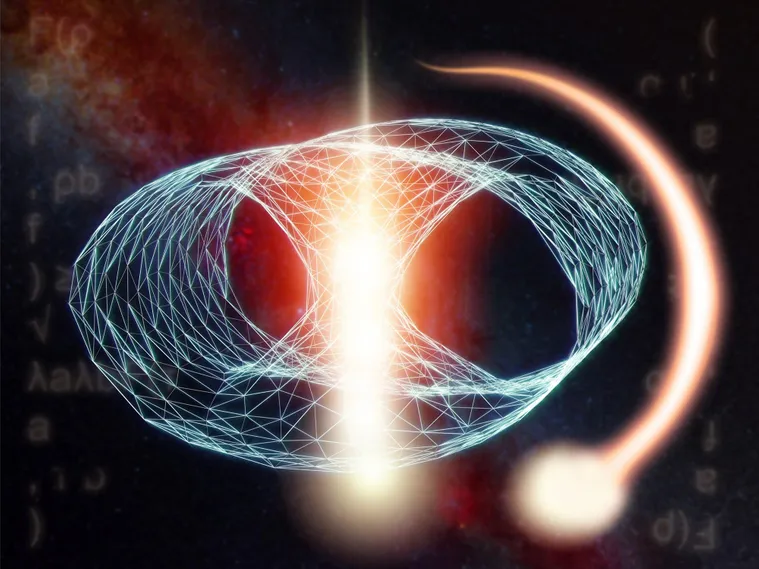Scientists studying the universe have a most popular philosophy called the "principle of mediocrity", which essentially shows that the earth, the sun or the Milky way are really nothing special compared with the rest of the universe Now, a new study by the University of Colorado at Cu boulder adds another piece of evidence to the "mediocrity" argument. On average, galaxies are at rest relative to the early universe Jeremy darling, Professor of astrophysics of the University, published this new cosmological discovery in Astrophysical Journal newsletter on May 26, 2022.

This composite image taken by NASA / ESA Hubble Space Telescope from September 2003 to January 2004 shows nearly 10000 galaxies in the deepest visible light image of the universe, spanning billions of light years. Source: provided by NASA, ESA, S. Beckwith (STScI) and HUDF team.
"What this study tells us is that although we think we are in an interesting motion, it is consistent with everything we know about the universe - nothing special happens here," Darling said. "As a galaxy or observer, we are not special."
About 35 years ago, researchers discovered the cosmic microwave background, which is the electromagnetic radiation formed during the big bang. The cosmic microwave background is relatively warm in the direction of our movement and relatively cold in the direction away from our movement.
From the light of this early universe, scientists can infer that the sun -- and the earth around it -- is moving in a certain direction at a certain speed. The researchers found that our inferred speed is a fraction of the speed of light, very small, but not zero.

Astrophysics Professor Jeremy darling studies galaxy evolution, massive black holes, star formation and cosmology. Credit: University of Colorado Boulder
Scientists can independently test this inference by calculating galaxies visible from earth or by adding their brightness. They were able to do this mainly thanks to Albert Einstein's 1905 special theory of relativity, which explained how speed affects time and space. In this application, a person on earth looks into the universe in one direction -- the same direction as the sun and the earth move -- and should see brighter, bluer and more concentrated galaxies. Similarly, looking from the other direction, this person should see darker, redder, and more distant galaxies.
However, when researchers tried to calculate galaxies in recent years - a process that is difficult to accurately do - their figures show that the sun moves much faster than previously thought, which is inconsistent with standard cosmology.
"It's very difficult to calculate galaxies in the whole sky. You usually can only calculate them in one hemisphere or smaller. Besides, our own galaxies will also get in the way. Its dust will make you find fewer galaxies and make them look darker when you approach our galaxy," Darling said
Darling was curious and confused about this cosmological puzzle, so he decided to investigate it himself. He also knows that two recently released surveys can help improve the accuracy of Galaxy counting -- and reveal the mystery of speed: the very large array Sky Survey (vlass) in New Mexico and the rapid Australian square kilometer array Pathfinder continuous survey (RACS) in Australia.
"I like this idea. You can see the basic principle Einstein told us a long time ago. It's a very esoteric thing. It looks super strange, but if you go out to count galaxies, you can see this neat effect. It's not as esoteric or strange as you think."- Jeremy darling
These surveys enabled darling to study the entire sky by piecing together the views of the northern and southern hemispheres. Importantly, the new survey also uses radio waves, which makes it easier to "see" through the dust of the Milky Way galaxy, thereby improving the view of the universe.
When darling analyzed these surveys, he found that the number of galaxies and their brightness were exactly the same as the speed that researchers had previously inferred from the cosmic microwave background.
"We found a bright direction and a dim direction -- we found a direction with more galaxies and a direction with fewer galaxies. The biggest difference is that it is consistent with the early universe in the cosmic microwave background, and it has the same speed," he said
Since darling's findings are different from previous results, his paper may prompt various follow-up studies to confirm or question his results. However, in addition to promoting the development of cosmology, this paper can also provide us with a new idea.